Health & Science
The biggest thing in the universe; Can lost hearing be restored?; Getting a grip; The benefit of berries
The biggest thing in the universe
British astronomers have identified a celestial object so large that it challenges scientists’ basic assumptions about the nature of the universe. Huge-LQG is a cluster of 73 quasars, each of which lies at the center of its own galaxy. The structure measures 4 billion light-years across at its greatest dimension; our own Milky Way galaxy, which is 100,000 light-years across, is a speck in comparison. But the conundrum of Huge-LQG—the letters stand for Large Quasar Group—isn’t its immense size alone but also its location, astronomer Roger Clowes, of the U.K.’s University of Central Lancashire, tells the Toronto Star. Not far away, at least in cosmic terms, is another immense quasar cluster. The size and proximity of the two objects, Clowes says, confound the so-called cosmological principle, which holds that the universe is essentially homogenous, and looks the same in every direction, regardless of the viewer’s vantage point. That principle has allowed astronomers to assume that parts of the universe they have not observed are fundamentally similar to the known parts. Clowes calls the discovery of Huge-LQG “the most dramatic challenge” yet to that reassuring assumption. “The structure we found is a few percentage points, say 5 percent, of the size of the observable universe,” he says. “It makes it hard to say the universe is uniform.”
Can lost hearing be restored?
The Week
Escape your echo chamber. Get the facts behind the news, plus analysis from multiple perspectives.

Sign up for The Week's Free Newsletters
From our morning news briefing to a weekly Good News Newsletter, get the best of The Week delivered directly to your inbox.
From our morning news briefing to a weekly Good News Newsletter, get the best of The Week delivered directly to your inbox.
An experimental drug has been found to partially reverse hearing loss in mice, raising hopes that it could one day do the same in humans. Most hearing loss is caused by loud noises damaging tiny hairs in the inner ear that convert sound waves into electrical signals that the brain can process. When those hairs are destroyed in fish or birds, they grow back, but in humans, “what you’re born with is what you have throughout life,” Harvard University researcher Albert Edge tells NPR.org. When Edge and colleagues applied a failed Alzheimer’s drug known as a gamma-secretase inhibitor to the inner ears of deafened mice, it caused other inner-ear cells to transform into hair cells, restoring about 20 percent of the mice’s hearing. “It hasn’t been possible to regenerate hair cells in mammals before,” Edge says. “This is exciting. It shows for the first time that it’s possible.” The study leaves Ed Rubel, a researcher at the University of Washington, “hugely optimistic” about a cure for hearing loss. “There’s no question,” he says, “that sometime in the future we will restore hearing in humans through regeneration.”
Getting a grip
Why do our fingers and toes wrinkle after a soak in the bathtub or a swim in the pool? To give us a firmer grip, apparently. British researchers timed how quickly people with wrinkled fingers and those with smooth fingers could move wet marbles from one spot to another. They found that those with wrinkled fingers were 12 percent quicker, suggesting that the wrinkles could “be working like treads on your car tires, which allow more of the tire to be in contact with the road and give you a better grip,” biologist Tom Smulders, of Newcastle University in the U.K., tells Nature. Researchers have long known that the central nervous system causes the wrinkling by contracting the blood vessels beneath the skin—which is why digits with nerve damage don’t wrinkle in water. That response may have evolved to help our fingers gather food from moist vegetation or streams and our toes cling better to slippery surfaces. Wrinkled skin, however, may also be more prone to damage and less sensitive than smooth skin, which could explain why our digits didn’t evolve to be prune-like all the time.
The benefit of berries
A free daily email with the biggest news stories of the day – and the best features from TheWeek.com
Eating more strawberries and blueberries may be a simple way to reduce the risk of heart disease. A nearly 20-year study of more than 90,000 women found that those who ate three servings of blueberries and strawberries per week were more than 30 percent less likely to have a heart attack in that time than those who ate only one serving per month. The findings held true even when the infrequent berry eaters maintained otherwise healthy diets full of fruits and vegetables. The advantage of blueberries and strawberries may be that they contain high levels of anthocyanins, the compounds that give them—and other foods like eggplants and cherries—their red and blue color. Anthocyanins appear to reduce inflammation and nitric oxide in the body, and thus “help keep arteries healthy and flexible,” British researcher Aedin Cassidy tells Time.com. Flexible arteries are less likely to develop the buildup of plaque that leads to heart disease. The study, which looked at women ages 25 to 42, suggests that eating more strawberries and blueberries “could have an impact in reducing risk of heart disease in younger women,” Cassidy says. That dietary change could be especially important, he says, for those who have family histories of heart disease.
-
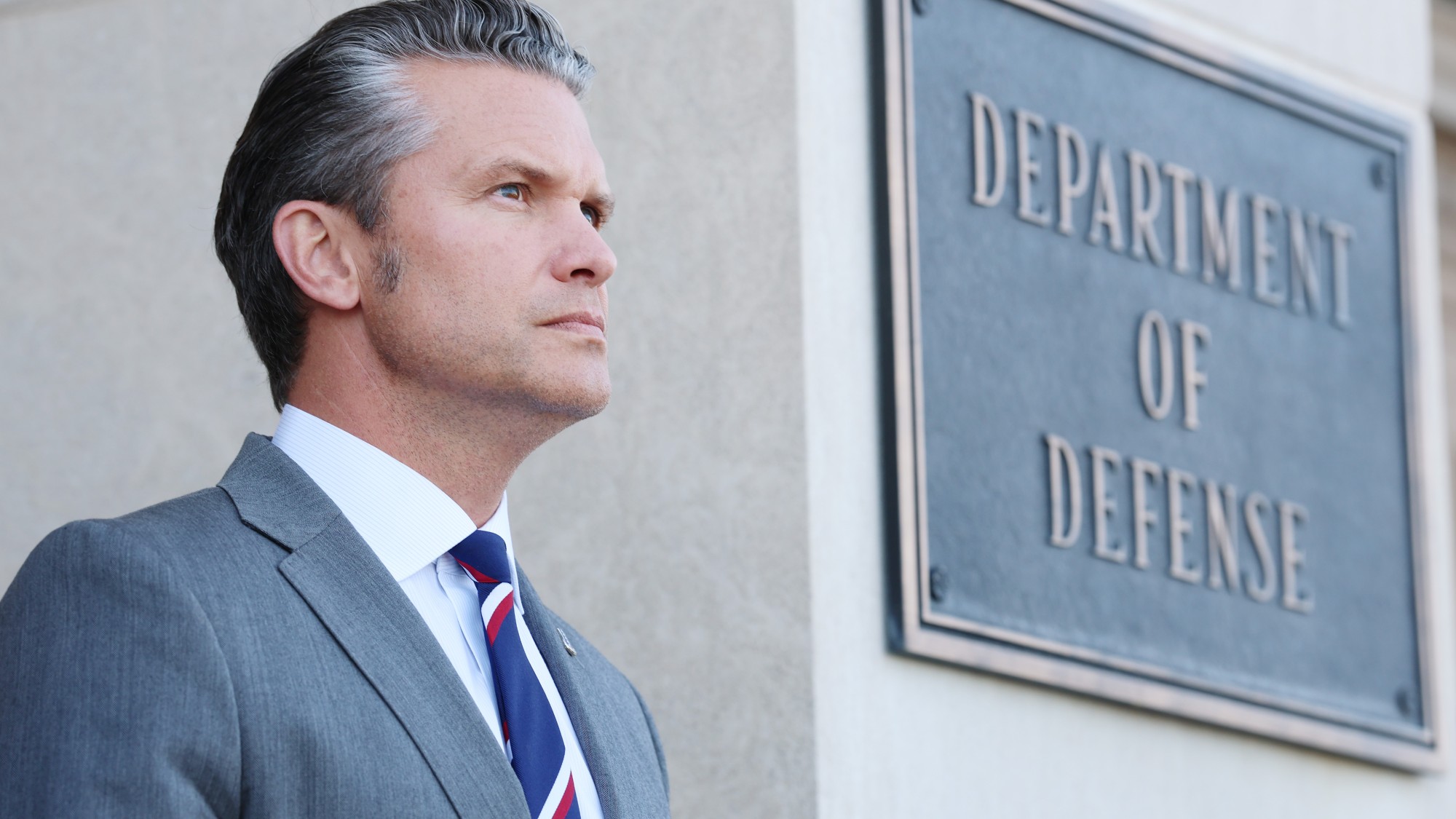 How the War Department became the Department of Defense – and back again
How the War Department became the Department of Defense – and back againIn Depth In 1947 President Harry Truman restructured the US military establishment, breaking with naming tradition
-
 Sudoku hard: December 8, 2025
Sudoku hard: December 8, 2025The daily hard sudoku puzzle from The Week
-
 Codeword: December 8, 2025
Codeword: December 8, 2025The daily codeword puzzle from The Week
-
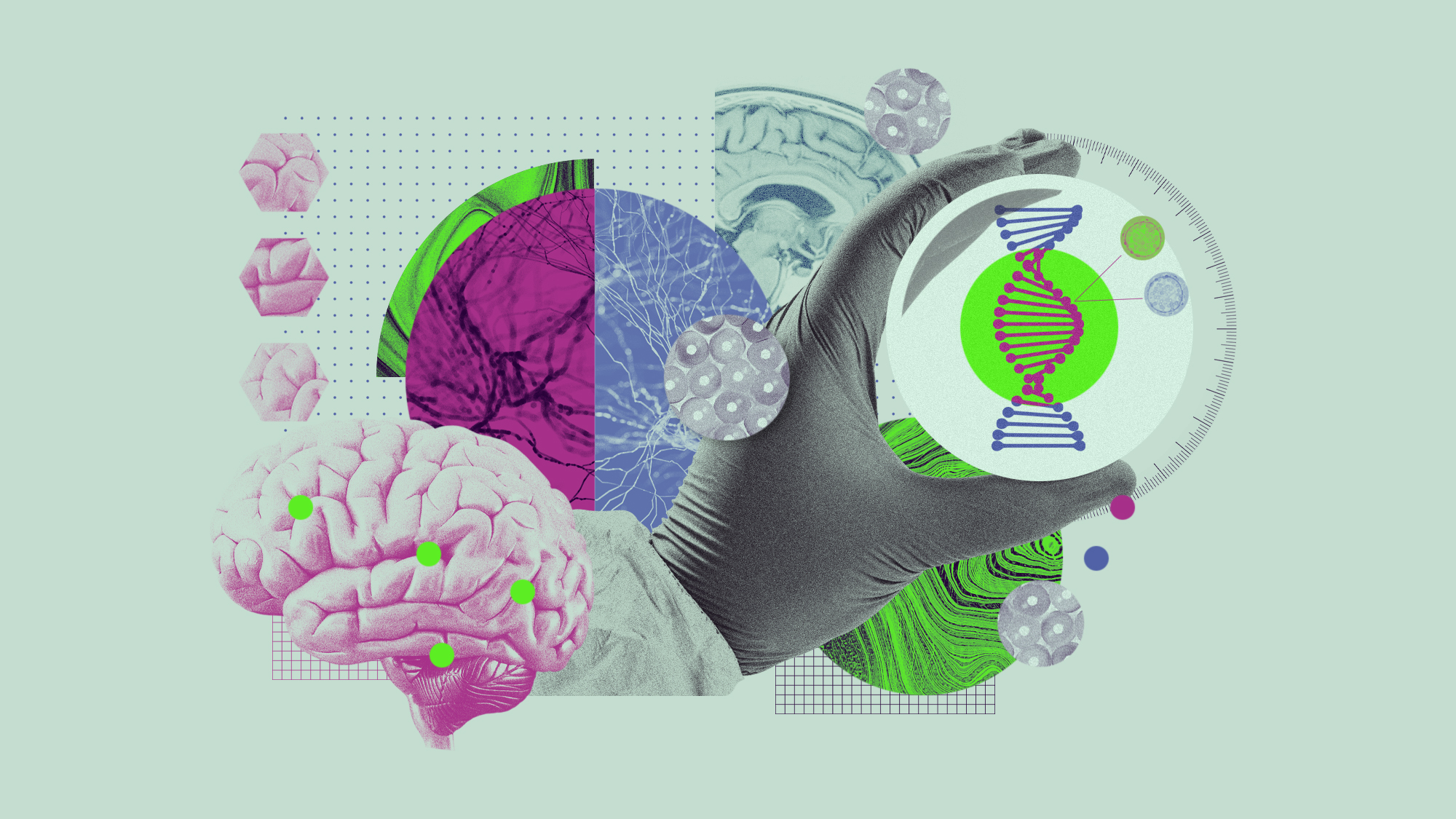 5 recent breakthroughs in biology
5 recent breakthroughs in biologyIn depth From ancient bacteria, to modern cures, to future research
-
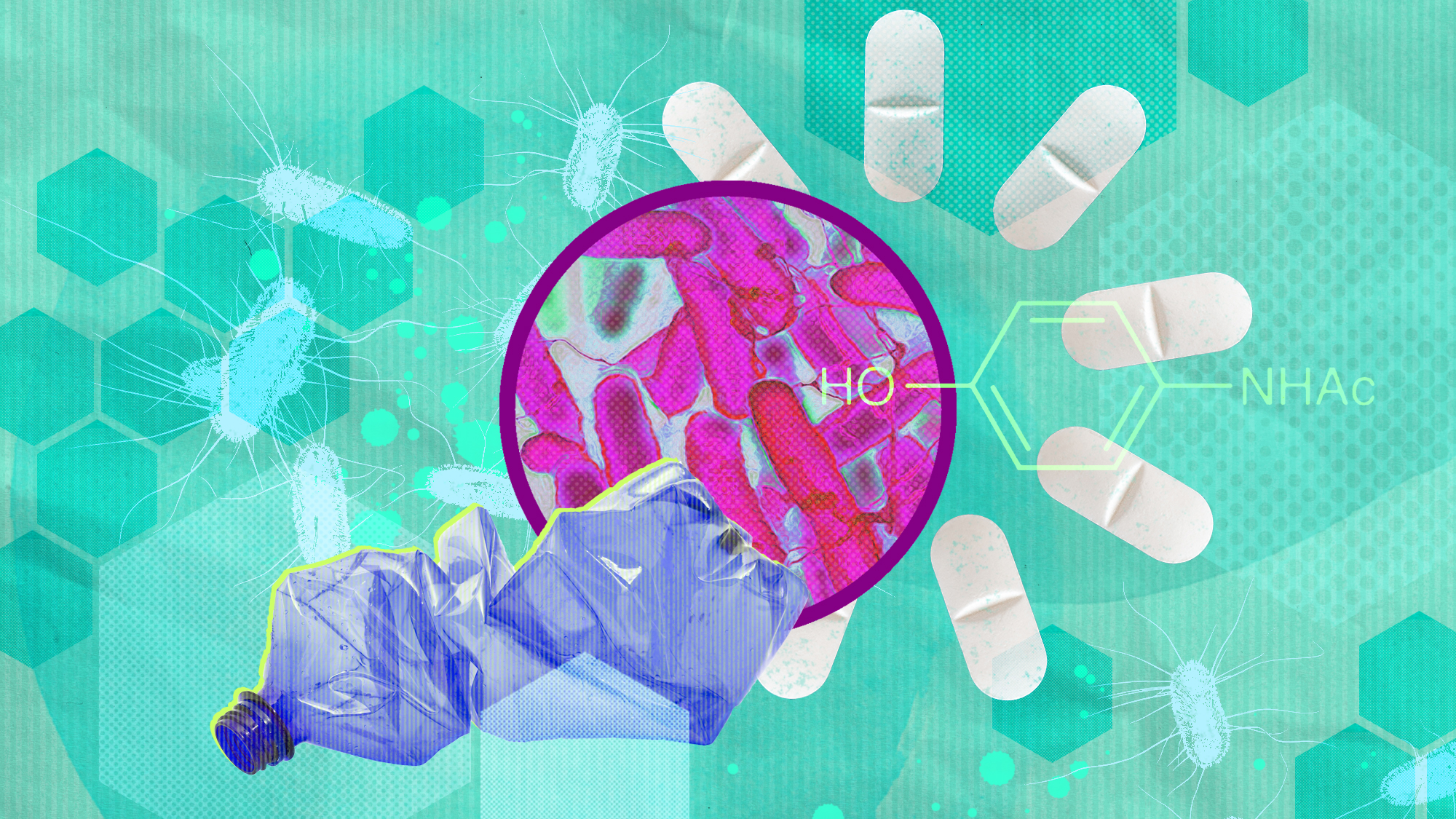 Bacteria can turn plastic waste into a painkiller
Bacteria can turn plastic waste into a painkillerUnder the radar The process could be a solution to plastic pollution
-
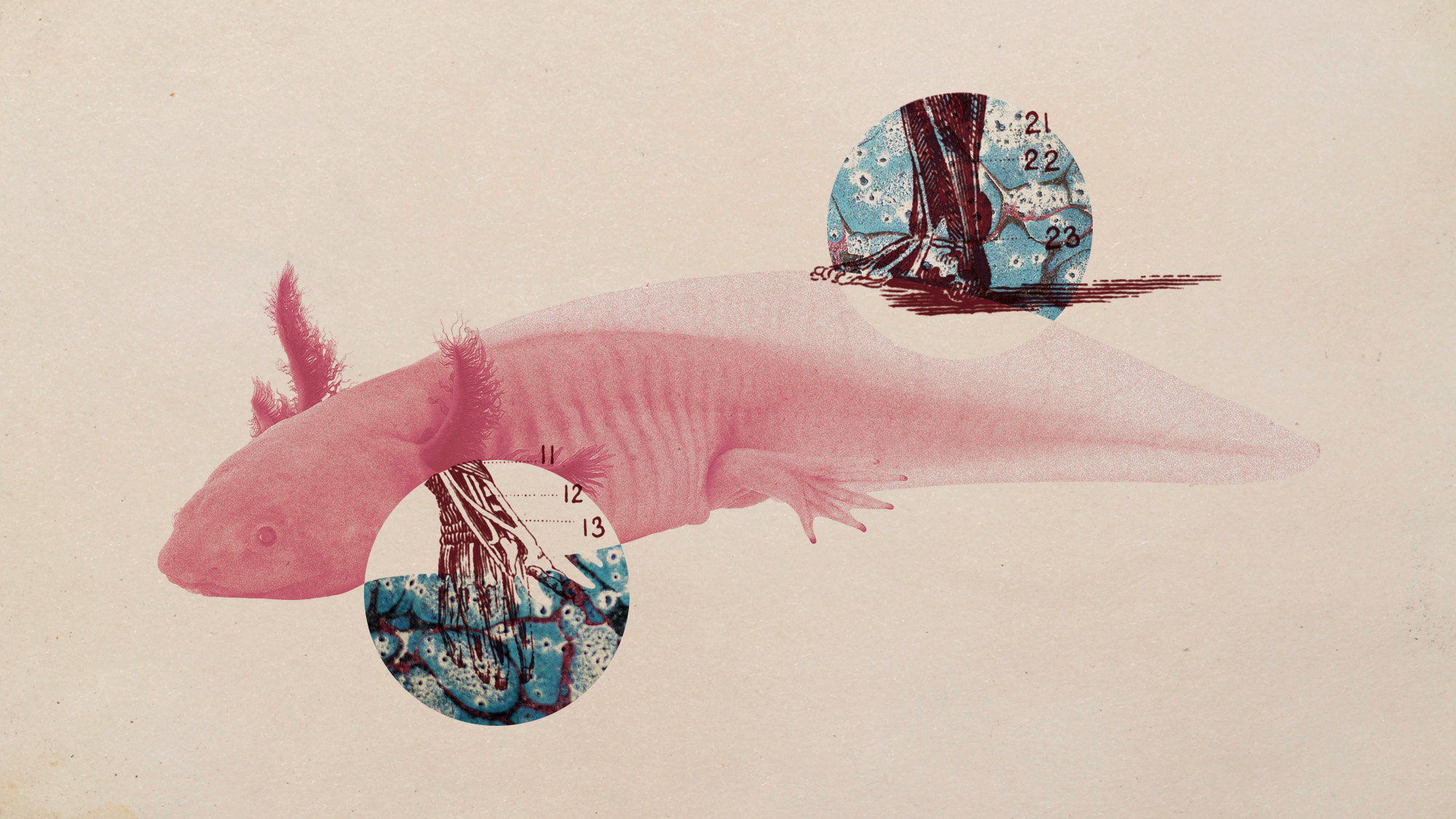 Scientists want to regrow human limbs. Salamanders could lead the way.
Scientists want to regrow human limbs. Salamanders could lead the way.Under the radar Humans may already have the genetic mechanism necessary
-
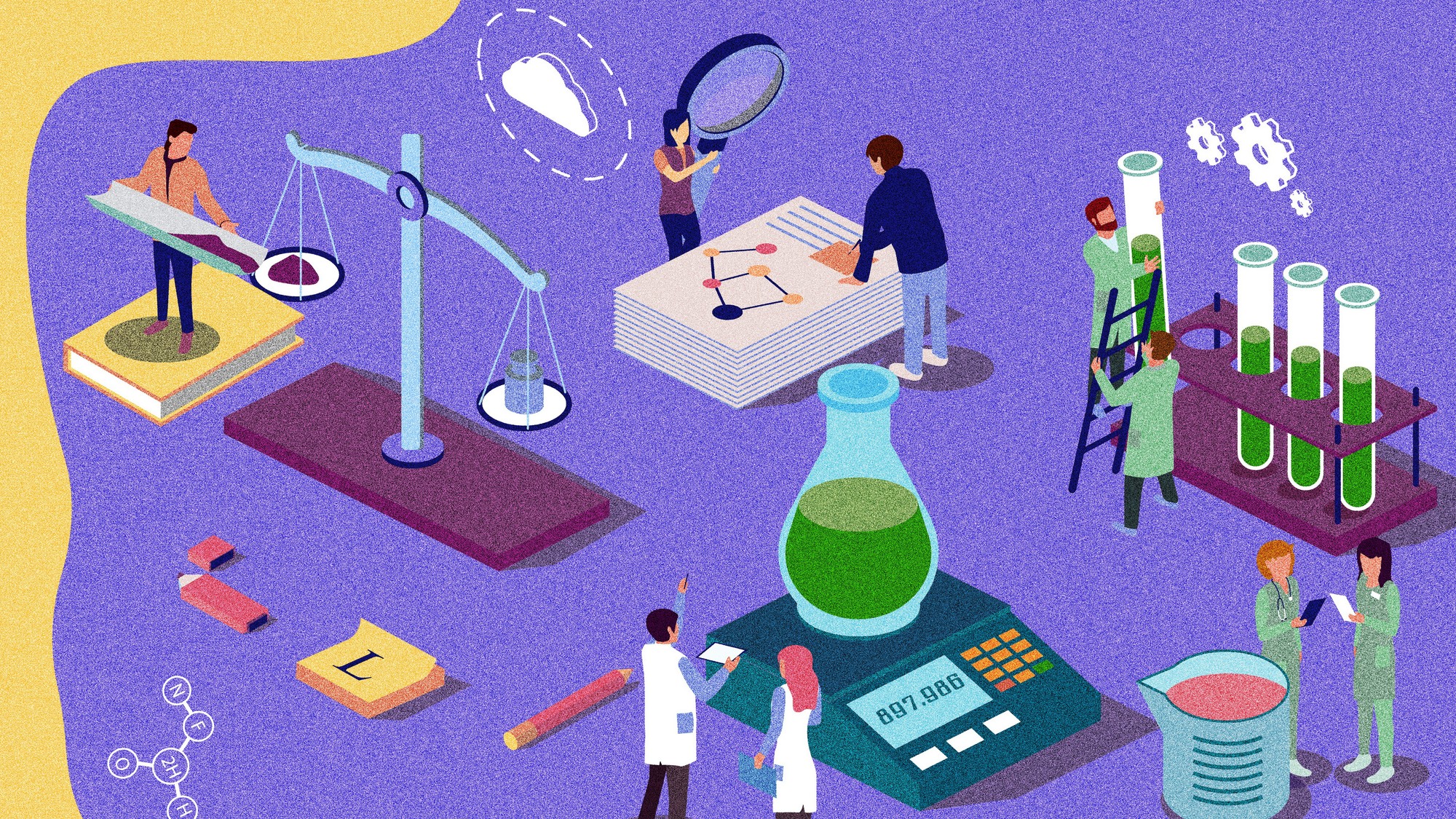 Is the world losing scientific innovation?
Is the world losing scientific innovation?Today's big question New research seems to be less exciting
-
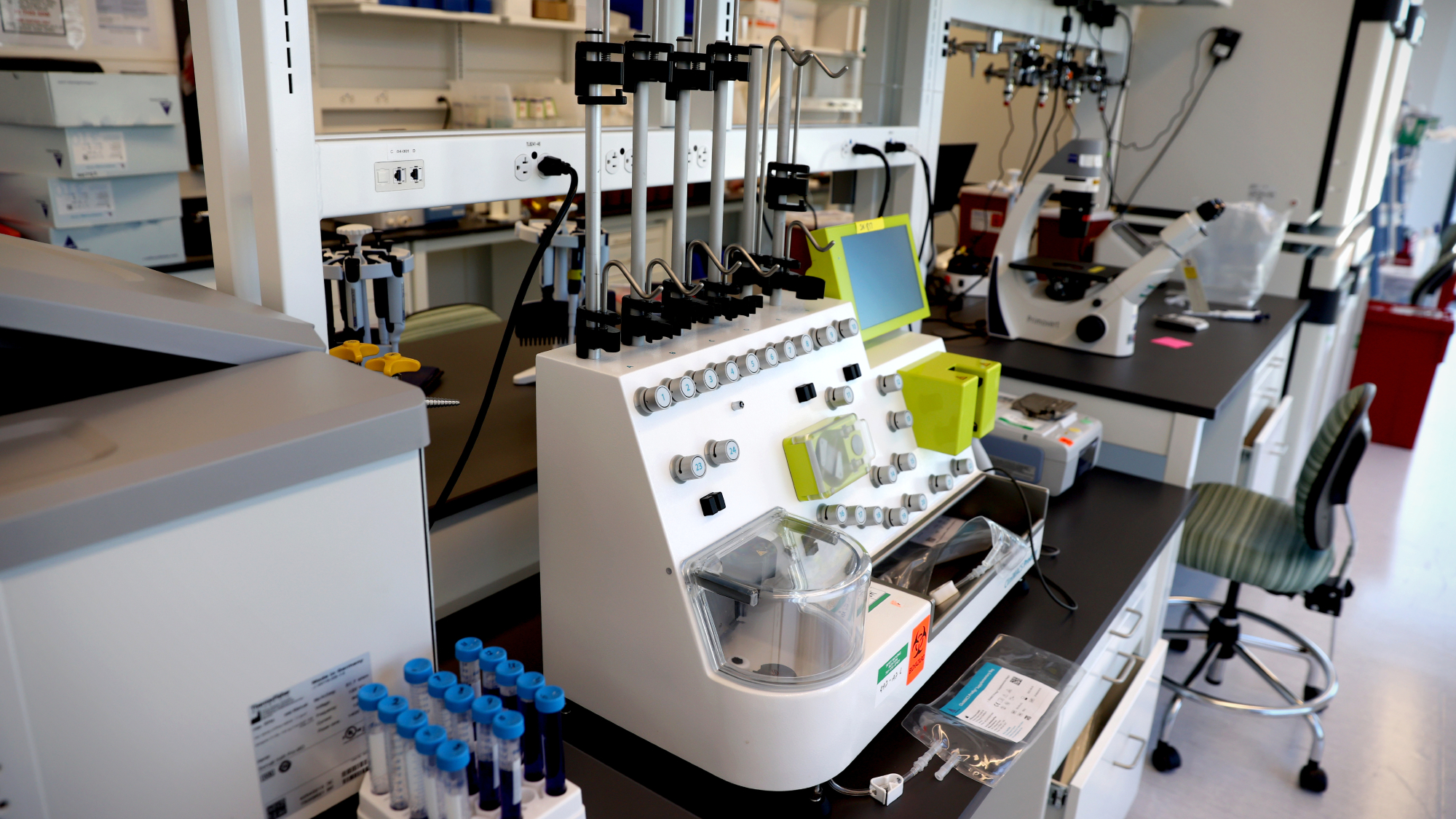 Breakthrough gene-editing treatment saves baby
Breakthrough gene-editing treatment saves babyspeed read KJ Muldoon was healed from a rare genetic condition
-
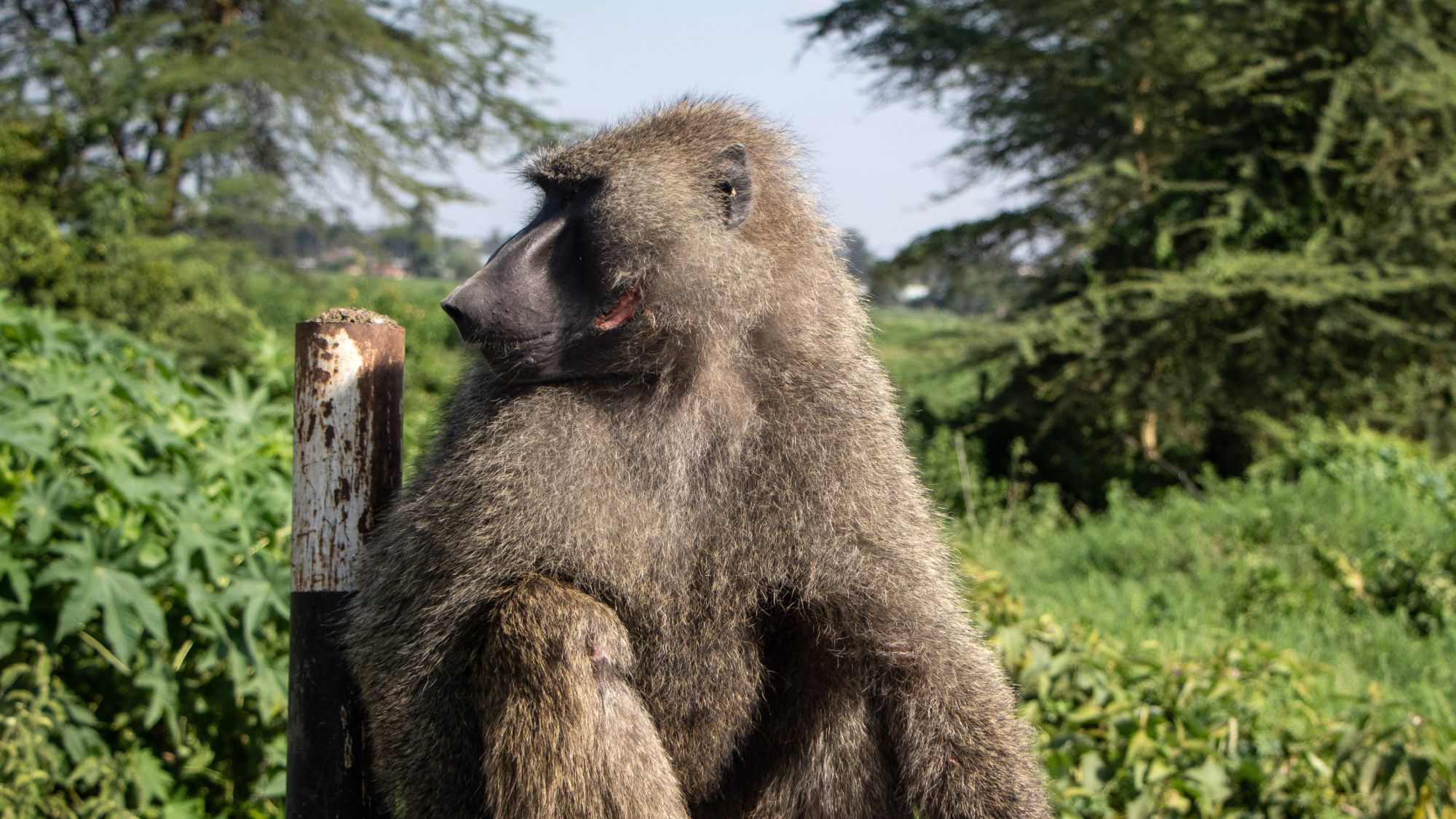 Humans heal much slower than other mammals
Humans heal much slower than other mammalsSpeed Read Slower healing may have been an evolutionary trade-off when we shed fur for sweat glands
-
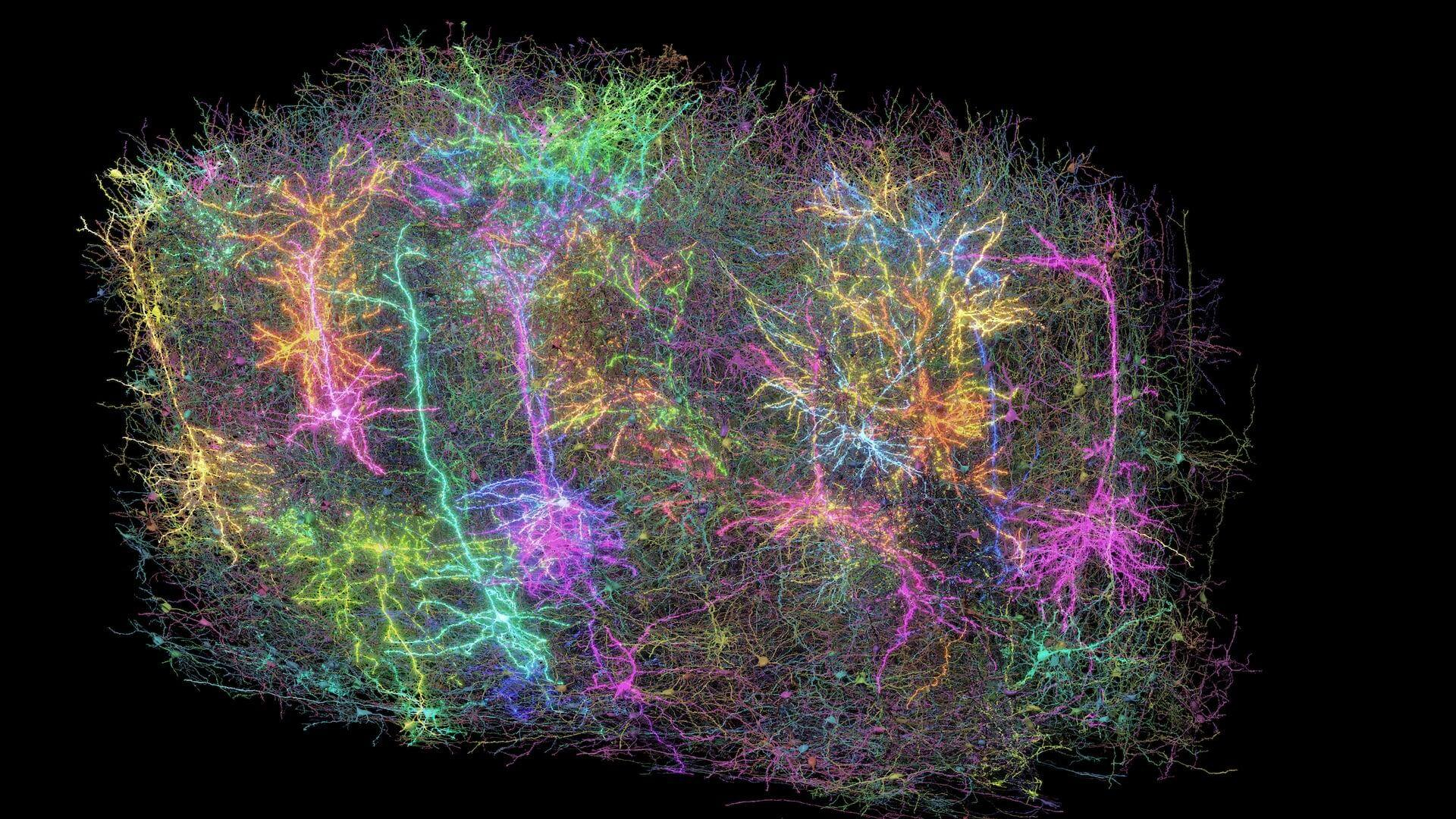 Scientists map miles of wiring in mouse brain
Scientists map miles of wiring in mouse brainSpeed Read Researchers have created the 'largest and most detailed wiring diagram of a mammalian brain to date,' said Nature
-
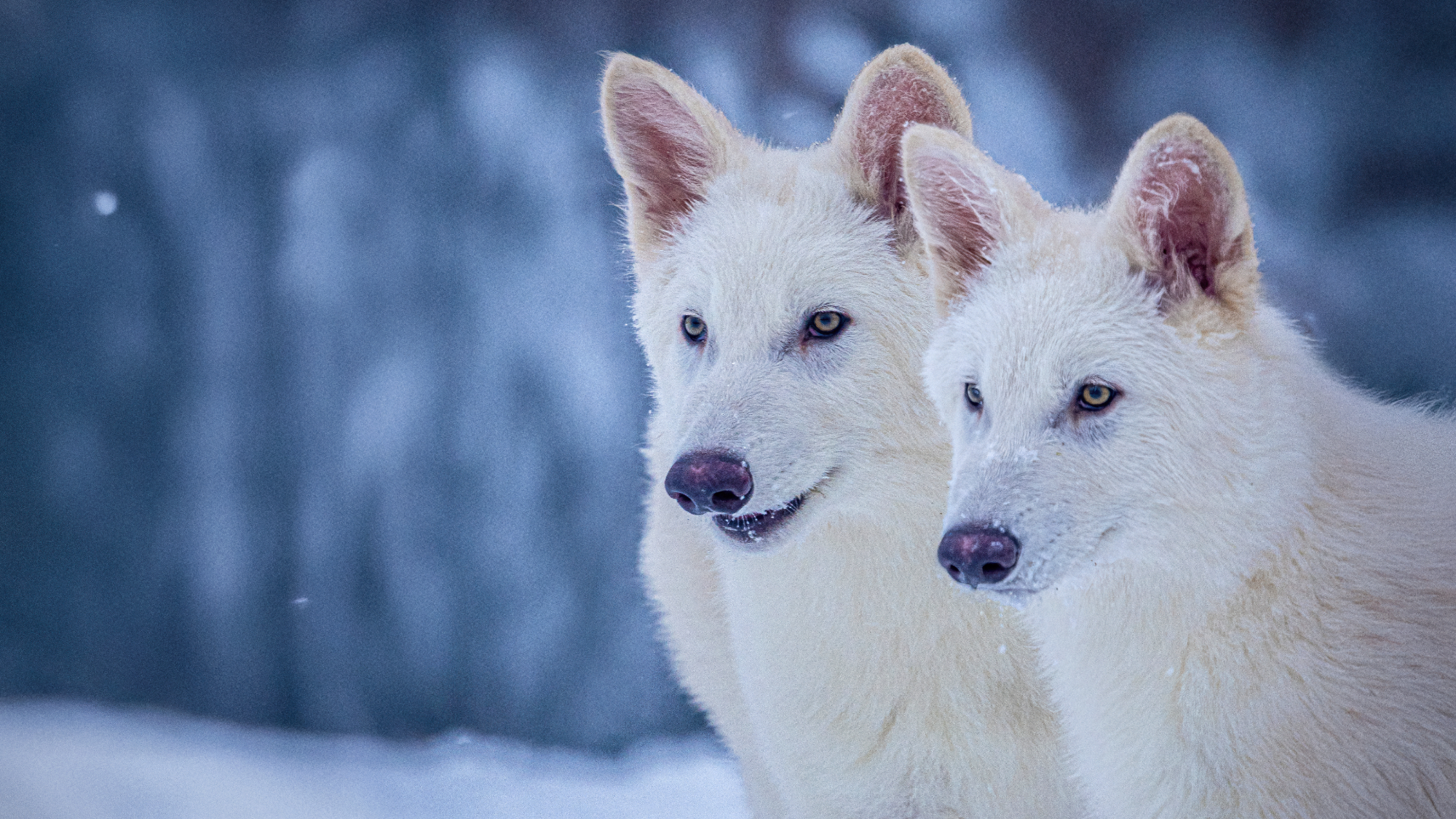 Scientists genetically revive extinct 'dire wolves'
Scientists genetically revive extinct 'dire wolves'Speed Read A 'de-extinction' company has revived the species made popular by HBO's 'Game of Thrones'